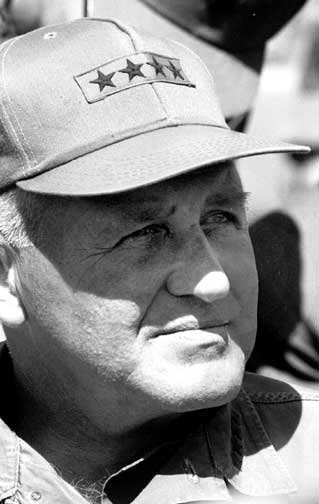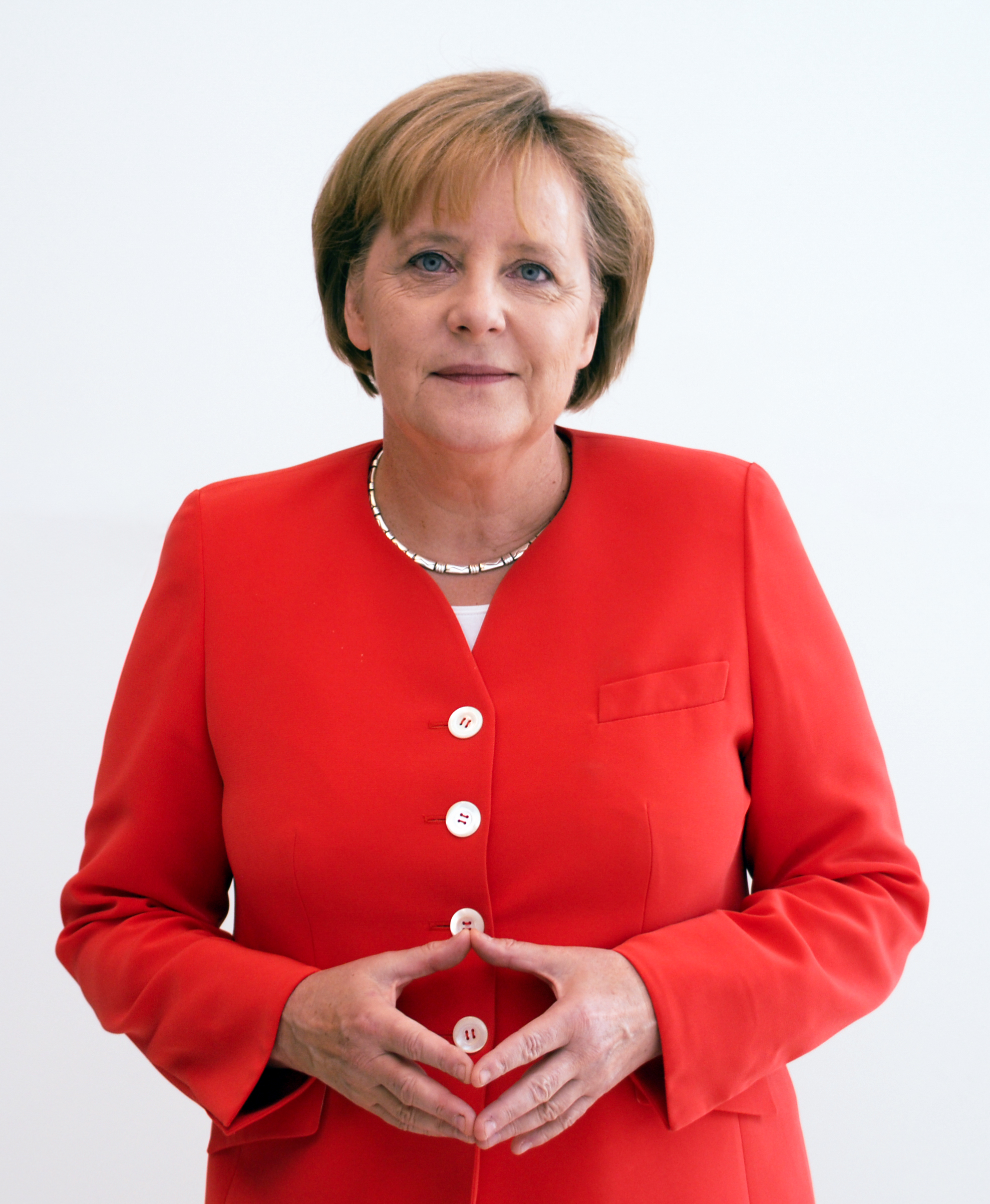|
Army Of The Republic Of Vietnam
The Army of the Republic of Vietnam (ARVN; ; french: Armée de la république du Viêt Nam) composed the ground forces of the South Vietnamese military from its inception in 1955 to the Fall of Saigon in April 1975. At the ARVN's peak, an estimated 1 in 9 citizens of South Vietnam were enlisted, composed of Regular Forces and the more voluntary Regional Forces and the Popular Force militias. It is estimated to have suffered 1,394,000 casualties (killed and wounded) during the Vietnam War.Casualties – US vs NVA/VC [...More Info...] [...Related Items...] OR: [Wikipedia] [Google] [Baidu] |
Army
An army (from Old French ''armee'', itself derived from the Latin verb ''armāre'', meaning "to arm", and related to the Latin noun ''arma'', meaning "arms" or "weapons"), ground force or land force is a fighting force that fights primarily on land. In the broadest sense, it is the land-based military branch, service branch or armed service of a nation or country. It may also include aviation assets by possessing an army aviation component. Within a national military force, the word army may also mean a field army. In some countries, such as France and China, the term "army", especially in its plural form "armies", has the broader meaning of armed forces as a whole, while retaining the colloquial sense of land forces. To differentiate the colloquial army from the formal concept of military force, the term is qualified, for example in France the land force is called ''Armée de terre'', meaning Land Army, and the air and space force is called ''Armée de l'Air et de l’Esp ... [...More Info...] [...Related Items...] OR: [Wikipedia] [Google] [Baidu] |
Air Assault
Air assault is the movement of ground-based military forces by vertical take-off and landing (VTOL) aircraft—such as the helicopter—to seize and hold key terrain which has not been fully secured, and to directly engage enemy forces behind enemy lines. In addition to regular infantry training, air-assault units usually receive training in rappelling, fast-rope techniques and air transportation, and their equipment is sometimes designed or field-modified to allow better transportation within aircraft. The US Army field manual FM 1-02 (FM 101-5-1) describes an "air assault operation" as an operation in which assault forces (combat, combat support, and combat service support), using the firepower, mobility, and total integration of helicopter assets, maneuver on the battlefield under the control of the ground or air maneuver commander to engage and destroy enemy forces or to seize and hold key terrain usually behind enemy lines. Due to the transport load restrictions of helicop ... [...More Info...] [...Related Items...] OR: [Wikipedia] [Google] [Baidu] |
Socialist Republic Of Vietnam
Vietnam or Viet Nam ( vi, Việt Nam, ), officially the Socialist Republic of Vietnam,., group="n" is a country in Southeast Asia, at the eastern edge of mainland Southeast Asia, with an area of and population of 96 million, making it the world's sixteenth-most populous country. Vietnam borders China to the north, and Laos and Cambodia to the west. It shares maritime borders with Thailand through the Gulf of Thailand, and the Philippines, Indonesia, and Malaysia through the South China Sea. Its capital is Hanoi and its largest city is Ho Chi Minh City (commonly known as Saigon). Vietnam was inhabited by the Paleolithic age, with states established in the first millennium BC on the Red River Delta in modern-day northern Vietnam. The Han dynasty annexed Northern and Central Vietnam under Chinese rule from 111 BC, until the first dynasty emerged in 939. Successive monarchical dynasties absorbed Chinese influences through Confucianism and Buddhism, and expanded south ... [...More Info...] [...Related Items...] OR: [Wikipedia] [Google] [Baidu] |
Communist Party Of Vietnam
The Communist Party of Vietnam (CPV), also known as the Vietnamese Communist Party (VCP), is the founding and sole legal party of the Socialist Republic of Vietnam. Founded in 1930 by Hồ Chí Minh, the CPV became the ruling party of North Vietnam in 1954 and then all of Vietnam after the collapse of the South Vietnamese government following the Fall of Saigon in 1975. Although it nominally exists alongside the Vietnamese Fatherland Front, it maintains a unitary government and has centralized control over the state, military, and media. The supremacy of the CPV is guaranteed by Article 4 of the national constitution. The Vietnamese public generally refer to the CPV as simply "the Party" () or "our Party" (). The CPV is organized on the basis of democratic centralism, a principle conceived by Russian Marxist revolutionary Vladimir Lenin. The highest institution of the CPV is the party's National Congress, which elects the Central Committee. The Central Committee is the s ... [...More Info...] [...Related Items...] OR: [Wikipedia] [Google] [Baidu] |
Re-education Camp (Vietnam)
Re-education camps ( vi, Trại cải tạo) were prison camps operated by the Communist government of Vietnam following the end of the Vietnam War. In these camps, the government imprisoned at least 200,000-300,000 former military officers, government workers and supporters of the former government of South Vietnam. Other estimates put the number of inmates who passed through "re-education" as high as 500,000 to 1 million. The high end estimate of 1 million is often attributed to a mistranslated statement by Pham Van Dong, and is considered excessive by many scholars. "Re-education" as it was implemented in Vietnam was seen as both a means of revenge and as a sophisticated technique of repression and indoctrination. Torture was common in the re-education camps. Prisoners were incarcerated for periods ranging from weeks to 18 years. Meaning of ''học tập cải tạo'' The term ''re-education'', with its pedagogical overtones, does not quite convey the quasi-mystical resonance ... [...More Info...] [...Related Items...] OR: [Wikipedia] [Google] [Baidu] |
People's Army Of Vietnam
The People's Army of Vietnam (PAVN; vi, Quân đội nhân dân Việt Nam, QĐNDVN), also recognized as the Vietnam People's Army (VPA) or the Vietnamese Army (), is the military force of the Vietnam, Socialist Republic of Vietnam and the armed wing of the ruling Communist Party of Vietnam. The PAVN is a part of the Vietnam People's Armed Forces and includes: Ground Force, Vietnam People's Navy, Navy, Vietnam People's Air Force, Air Force, Vietnam Border Guard, Border Guard and Vietnam Coast Guard, Coast Guard. However, Vietnam does not have a separate Ground Force or Army branch. All ground troops, army corps, military districts and specialised arms belong to the Ministry of Defence (Vietnam), Ministry of Defence, directly under the command of the Central Military Commission (Vietnam), Central Military Commission, the Minister of Defence (Vietnam), Minister of Defence, and the General Staff of the Vietnam People's Army. The military flag of the PAVN is the flag of the Socia ... [...More Info...] [...Related Items...] OR: [Wikipedia] [Google] [Baidu] |
North Vietnam
North Vietnam, officially the Democratic Republic of Vietnam (DRV; vi, Việt Nam Dân chủ Cộng hòa), was a socialist state supported by the Soviet Union (USSR) and the People's Republic of China (PRC) in Southeast Asia that existed from 1945 to 1976 and was recognized in 1954. Both the North Vietnamese and South Vietnamese states ceased to exist when they unified as the Socialist Republic of Vietnam. During the August Revolution following World War II, Vietnamese communist revolutionary Hồ Chí Minh, leader of the Việt Minh Front, declared independence on 2 September 1945, announcing the creation of the Democratic Republic of Vietnam. The Việt Minh ("League for the Independence of Vietnam"), led by communists, was created in 1941 and designed to appeal to a wider population than the Indochinese Communist Party could command. From the very beginning, the DRV regime sought to consolidate power by purging other nationalist movements. Meanwhile, France moved in t ... [...More Info...] [...Related Items...] OR: [Wikipedia] [Google] [Baidu] |
Viet Cong
, , war = the Vietnam War , image = FNL Flag.svg , caption = The flag of the Viet Cong, adopted in 1960, is a variation on the flag of North Vietnam. Sometimes the lower stripe was green. , active = 1954–1959 ''(as southern Viet Minh cadres)'' , ideology = , position = Far-left , leaders = Liberation Army: Central Office: Liberation Front:Burchett, Wilfred (1963):Liberation Front: Formation of the NLF, ''The Furtive War'', International Publishers, New York. Governance: , merged_into = Vietnamese Fatherland Front , clans = , headquarters = , area = Indochina, with a focus on South Vietnam , predecessor = Viet Minh , successor = Vietnam Fatherland Front , allies = , opponents = , battles = See full list The Viet Cong, ; contraction of (Vietnamese communist) was an armed communist organization in South Vietnam, ... [...More Info...] [...Related Items...] OR: [Wikipedia] [Google] [Baidu] |
United States Army
The United States Army (USA) is the land service branch of the United States Armed Forces. It is one of the eight U.S. uniformed services, and is designated as the Army of the United States in the U.S. Constitution.Article II, section 2, clause 1 of the United States Constitution (1789). See alsTitle 10, Subtitle B, Chapter 301, Section 3001 The oldest and most senior branch of the U.S. military in order of precedence, the modern U.S. Army has its roots in the Continental Army, which was formed 14 June 1775 to fight the American Revolutionary War (1775–1783)—before the United States was established as a country. After the Revolutionary War, the Congress of the Confederation created the United States Army on 3 June 1784 to replace the disbanded Continental Army.Library of CongressJournals of the Continental Congress, Volume 27/ref> The United States Army considers itself to be a continuation of the Continental Army, and thus considers its institutional inception to be th ... [...More Info...] [...Related Items...] OR: [Wikipedia] [Google] [Baidu] |
Creighton Abrams
Creighton Williams Abrams Jr. (September 15, 1914 – September 4, 1974) was a United States Army general who commanded military operations in the Vietnam War from 1968 to 1972, which saw United States troop strength in South Vietnam reduced from a peak of 543,000 to 49,000. He was then Chief of Staff of the United States Army from 1972 until his death in 1974. In 1980, the United States Army named its then new main battle tank, the M1 Abrams, after him. The IG Farben building in Germany was also named after Abrams from 1975 to 1995. Military career Early career Abrams graduated from the United States Military Academy at West Point in the Class of 1936 (ranked 185th of 276 in the class), and served with the 1st Cavalry Division from 1936 to 1940, being promoted to first lieutenant in 1939 and temporary captain in 1940. Abrams became an armor officer early in the development of that branch and served as a tank company commander in the 1st Armored Division in 1940. World W ... [...More Info...] [...Related Items...] OR: [Wikipedia] [Google] [Baidu] |
Free World
The Free World is a propaganda term, primarily used during the Cold War from 1945 to 1991, to refer to the Western Bloc and similar countries. It also more broadly refers to all non- communist and democratic countries. It has traditionally primarily been used to refer to the countries allied and aligned with the United States, the European Union and NATO. The term "leader of the free world" has been used to imply a symbolic and moral leadership, and was mostly used during the Cold War in reference to the president of the United States. History of the concept Origins During World War II, the Allied powers viewed themselves as opposing the oppression and fascism of the Axis powers, thus making them "free". Following the end of World War II, the Cold War conception of the "Free World" included only anti-Soviet states as being "free", particularly democratically elected states with free speech, a free press, freedom of assembly and freedom of association. During the Cold War ... [...More Info...] [...Related Items...] OR: [Wikipedia] [Google] [Baidu] |






